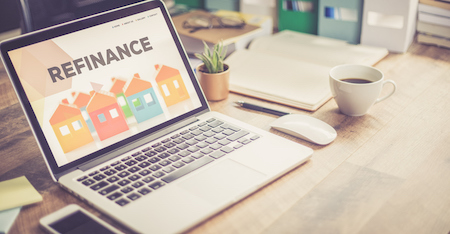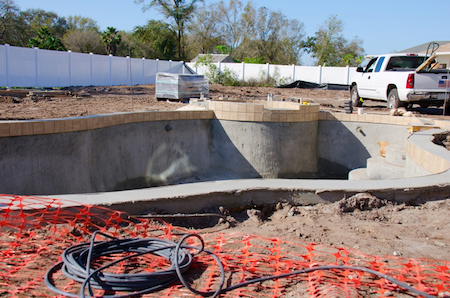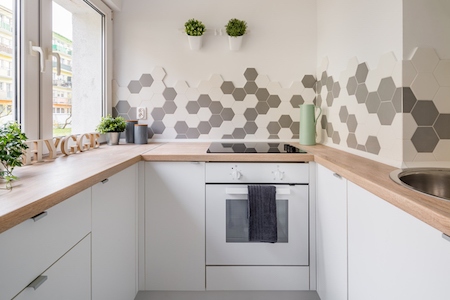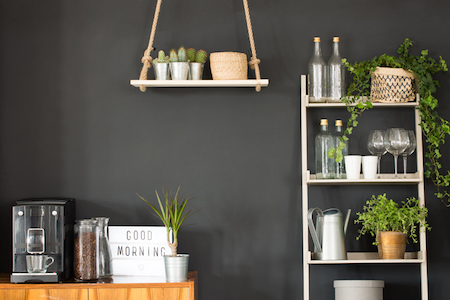
If you can find a lower mortgage rate than the one you already have, then refinancing a mortgage can make sense. Here are some of the best ways to get a low rate:
Raise Your Credit Score
For a conventional loan, borrowers with a credit score of 740 or more will usually get the best interest rates. Having a minimum credit score of 620 will often lead to a higher rate. Raising your credit score can help. Some methods take longer than others, but improving your score is one of the best moves to make when refinancing a mortgage.
Start by paying your bills on time, which has the biggest impact on a credit score. You can also improve your credit utilization, meaning using less of the credit available to you on your credit cards.
For example, if you have three credit cards with a total credit limit of $10,000, but all of the card balances add up to $5,000, your credit utilization rate is 50 percent. Ideally, it should be under 20 percent to get the best mortgage rate. The credit utilization rate can be dropped by paying down the credit card balance, using less of the credit available or getting a higher credit limit.
Lower Debt
Reducing your debt-to-income ratio, or DTI, by paying down your credit card balance is another big way to improve a credit score. A DTI of 36 percent or lower is preferable. To lower your debt, put off big purchases, such as a new car or appliances, until after you’ve refinanced your mortgage.
Shop Around
Don’t refinance with the first lender you find, or even with your current lender. There are many loan products available, and many lenders that offer them.
Research what national banks, credit unions, community banks and your current lender offers for mortgage refinances before choosing one that’s right for you. Some lenders may have in-house loans that they don’t sell on the open market that are more flexible and have better rates and terms than other lenders.
Be sure to pick a lender that you’re comfortable with and trust, and don’t just focus on the interest rate. The lender you choose will be helping you with one of the biggest financial transactions of your life, and you want to work with someone who has your best interests in mind.







